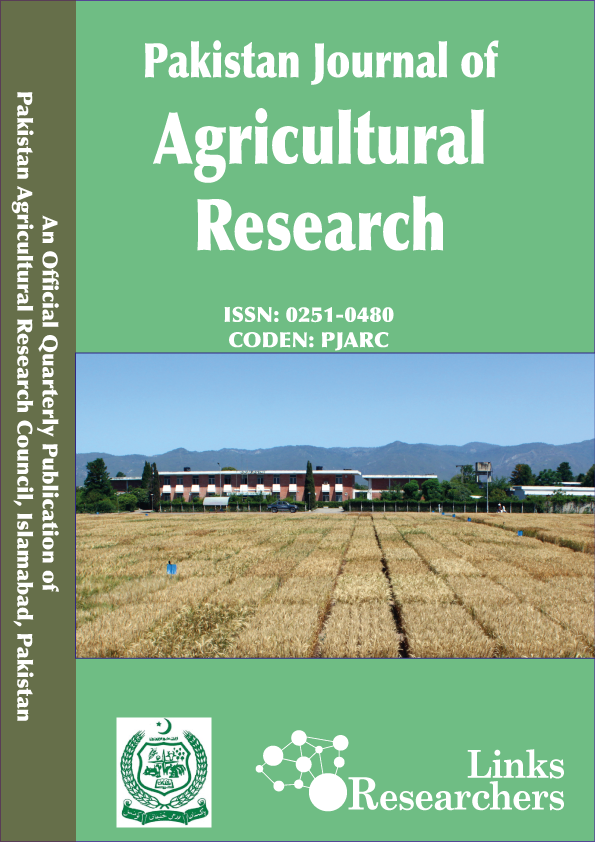Optimizing Estrus Detection Techniques in Tropical Saanen Does (Capra aegagrus hircus): A Comparative Study
Optimizing Estrus Detection Techniques in Tropical Saanen Does (Capra aegagrus hircus): A Comparative Study
Muhammad Evan Magistrama1, Dio Fico Felsidan Diatmono1, Mira Tsurayya Masruroh1, Fransisca Gani Padmawati1, Pradita Iustitia Sitaresmi2, Yustina Yuni Suranindyah3 and Diah Tri Widayati1*
ABSTRACT
Estrus detection has been a major challenge in Saanen goat farm due to the inconsistent expression of estrus signs (silent heat) and the farmer’s inability to detect these signs. This issue led to mating failure and adversely affected the reproductive efficiency of tropical Saanen does. This study focused on saliva fern patterns and vaginal cytology as an alternative estrus detection method. Twelve non-pregnant Saanen does with a body condition score (BCS) of 2.5 were used in this study and without estrus synchronization. Vaginal mucosa and saliva samples were collected every two days in the morning before feeding. Vaginal smear were obtained using the swab method on vaginal epithelium, while saliva was collected by swabbing the lower mouth of does. Additionally, vaginal pH was measured as an additional estrus detection method using a pH indicator paper. The parameters observed included the composition of vaginal epithelial cells (parabasal, intermediate, and superficial), the score of salivary fern patterns, and vaginal pH value. All the data were analyzed using One-Way ANOVA. The results showed significant differences in vaginal epithelial cells, salivary fern patterns scoring, and vaginal pH values across the different estrus phase (p<0.05). In conclusion, vaginal cytology, salivary ferning, and vaginal mucus pH value were effective in identifying the estrus cycle in tropical Saanen does. Among these method, salivary ferning was the easiest to perform and demonstrated high validity for detecting estrus.
To share on other social networks, click on any share button. What are these?







